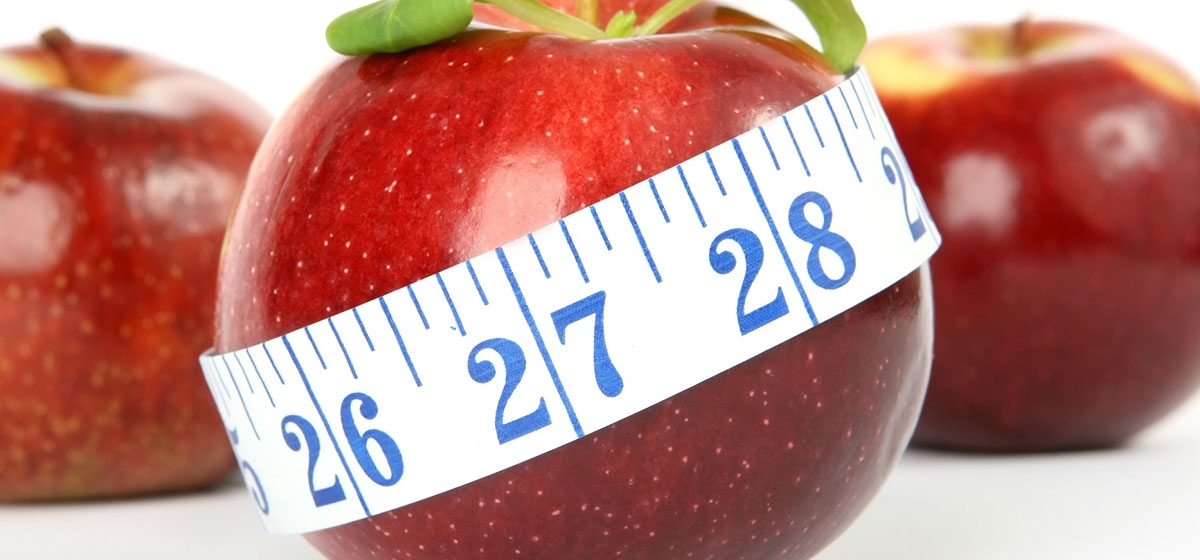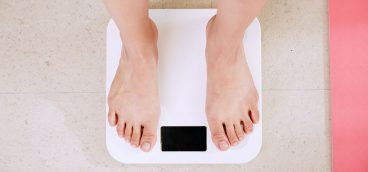
Question: “I’ve been on an exercise plan for several months and have lost 20 pounds. I still hope to lose 5 more pounds but seem to be stuck at my present weight. Why is it so hard to lose those last few pounds, and what can I do to reach my target weight?”
You are describing a common and somewhat frustrating situation facing individuals trying to achieve a specific body weight. Once a significant amount of weight has been lost, it is not uncommon to experience a plateau where it becomes difficult to shed the last few pounds.
There are several legitimate causes. For one, there is a genetic component that may be working against you. From an evolutionary point of view, our bodies are hard-wired to store fat for times of famine. This survival mechanism may have been beneficial for people thousands of years ago, but today, there is often more than enough food available. Even so, our body is on high alert when it senses that we are losing weight and takes measures to oppose extreme weight loss. Such energy-conserving measures include slowing resting metabolism and reducing physical activity.
There is also a biological component that may be impacting your ability to lose those last few pounds. According to a Harvard Medical School Health Report, two hormones—leptin and ghrelin—may unwittingly counter efforts to reach your target weight. Leptin is produced by our fat cells. When you lose a significant amount of weight, leptin levels decrease, signaling the brain to increase appetite. On the other hand, ghrelin is made in your stomach and intestine and works in the opposite way. Ghrelin levels increase when you haven’t eaten for several hours, which in turn signal the brain that it is time to refuel. Ghrelin levels also increase when you lose weight and can slow your metabolism to conserve energy (calories). This is exactly what you don’t want to happen when attempting to lose those last pounds.
Physiologists theorize that humans have an internally programmed and predetermined level of fatness that the body strives to maintain. Referred to as our “setpoint,” it is the amount of fat that our body would carry naturally if we did not worry about losing or gaining weight. For the sake of discussion, let us assume that your present level of body fat represents your internal setpoint. As your percentage of body fat slips below this level, the body senses something is amiss and begins to make internal adjustments to conserve fat and resist further weight loss. One adjustment is to depress metabolic rate, which means you begin to burn fewer calories at rest. You, therefore, require fewer calories to maintain your present body weight and will require even fewer calories to loose additional body weight. In addition, as you lose weight, the energy cost of moving a smaller body is reduced, so you burn fewer calories for the same amount of exercise. For example, at your present weight you require less energy to jog a mile than was the case when you were heavier, so you are probably not expending as many calories exercising as when you were 20 pounds heavier.
All the aforementioned factors may play a role in making it difficult to lose those last few pounds. That said, never lose sight of the fact that losing weight is ultimately a function of calories in versus calories out. Your weight has stabilized, or plateaued, because, for whatever reasons, you are presently consuming roughly as many calories as you are expending. To continue to lose weight, you will have to unbalance the energy equation in your favor by burning more calories, consuming fewer calories, or a little of both. You can burn more calories by lengthening your workouts, or possibly add an extra workout or two each week. Performing a different workout two or three times per week can utilize different muscle groups and increase calorie burn. Also consider adding a strength-training component: Strength training two or three times per week in addition to your aerobic workouts can add muscle to your frame, and maintaining muscle tissue requires additional calories. The more muscle you have, the higher your resting metabolic rate, which means you are burning more calories 24 hours a day, seven days a week.
You can reduce calorie intake without sacrificing the amount or variety of foods you consume through minor diet modifications. The simplest strategy is to reduce the amount of dietary fat you consume, as fat is a high-calorie energy source. For example, limit fried foods, choose lower fat items like 1% milk and switch to low-fat salad dressings. Over time, such strategies will enable you to push past the plateau and reach your target weight.




